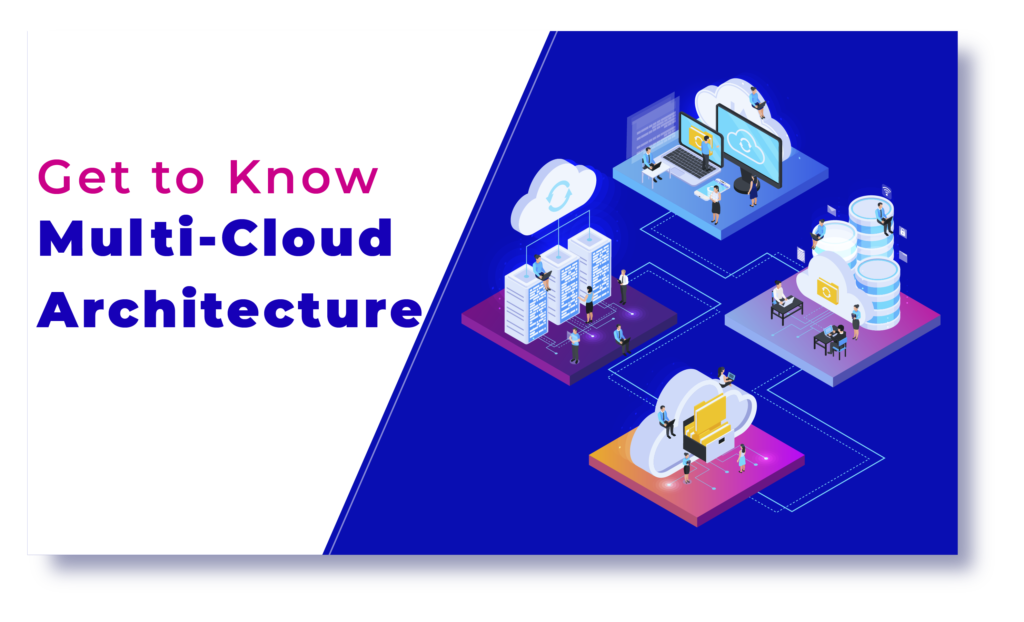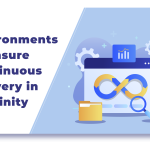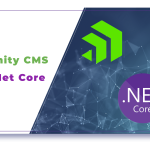
Get to know Multi-Cloud Architecture
Customers these days get to avail themselves of multiple options when it comes to opting for a particular service or product. Cloud computing service options too have options for customers enabling them to find the right choice of systems and options for the services they seek. One such mechanism is Multi-Cloud Architecture and people out in the tech world might find this term quite familiar.
In this method, one can use more than one cloud computing service that too from ‘n’ number of various cloud vendors. What makes it more viable and flexible is the nature of the environment it offers. If the requirement is all-private, you get it in multi-cloud, if it is an all-public requirement, you get that as well. And if the requirement falls in between public and private, one can easily avail a combination of them both as well.
What is multi-cloud architecture?
In a Multi-cloud framework, customers can make use of multiple cloud computing as well as the service of storage through a single framework of the network. In this architecture, various software, cloud-based assets, applications, etc are distributed in various cloud environments. This allows one to benefit from more than one private cloud as well as a public cloud. The target achieved through this arrangement is that it allows one to give up the practice of depending on one single cloud provider alone.
Benefits of using multi-cloud architecture
No company or organization likes to have an elevated amount of risk factors getting involved in the scenario of downtime or loss of their data. This is one reason for many companies resorting to practice and adopting multi-cloud environments in cyberspace. By migrating or adopting to a multi-cloud setup, they also get to boost their available storage space and computing capacity.
Also, it also provides multiple options like public, private, multi-tenant, hybrid cloud, and so on. Multi-cloud architecture also provides the space to avoid vendor lock-in and allows great flexibility in its mechanism. Apart from that, having the choice of multiple cloud environments helps to eliminate human-made errors and several backup options in instances like that of downtime. The architecture is also well built in a way that it accommodates compliance regulations and allows organizations better risk management features.





